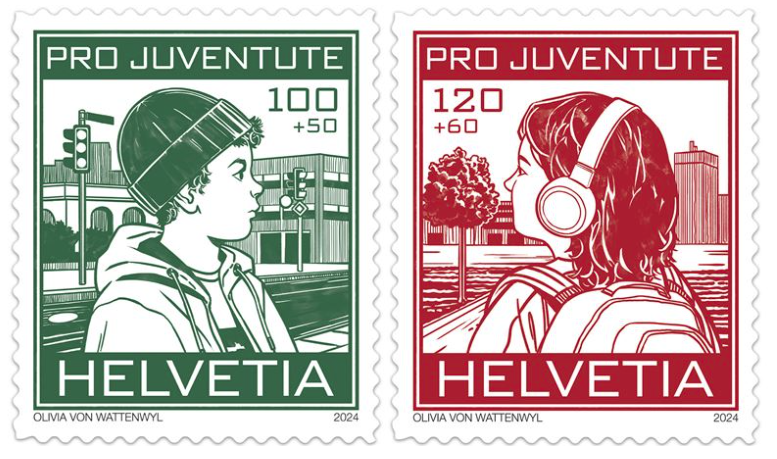Specialist Valuer for Collectable Stamps, Cigarette Cards and Postcards, Andy Bowden talks us through the use of stamps as micro donations for charitable causes in the UK.
“For many of us, when we think of Charity, many will be drawn to televised annual events such as Red Nose Day, and Comic Relief, or the collection boxes in small independent stores for well-known Charities that we all like to support, or fund-raising events that we attend. As a nation the UK public donated in excess of £15 billion to Charities in 2024.
“Postage stamps though, over the last 100+ years have also played an important part raising funds for charities, through the sale of stamps. Many of our European counterparts and their postal administrations have had much success in this area. These ‘micro donations’ to charity have been a feature of letter writers and stamp collectors for well over a century. They have supported athletes (Germany), orphans and unemployed intellectuals (France), even clothing for soldiers (Sweden). However, one European nation has surpassed themselves in the millions they have raised for charities, with their stamp issues – Switzerland.
“In the early 1900’s, one of the major global illnesses was Tuberculosis, it was a major illness responsible for up to 25% of all deaths across Europe. A disease of the lungs, sufferers would develop a chronic cough. It was also known as Consumption as victims would ultimately lose weight and waste away. The earliest example of a charity stamp was issued in 1897 by the State of New South Wales in Australia. (Picture attached). There were two values in this issue, the stamp shown sold for 1 shilling, with paid postage of 1d, and the difference given to a ‘Consumptive Home’.
“By the early 20th century doctors and scientists began to understand the disease and how to control it. Dr Carl Horber, was the Secretary of the Tuberculosis Commission in Zurich, Switzerland. He sought a plan to unite the thousands of Swiss Charitable Organisations with Child Welfare missions. His belief was that the unity of a single organisation would better champion campaigns, and thus Pro Juventute was born with the first stamps of 1912 with permission of the Swiss postal administration.
“The words Pro Juventute originate from Latin and literally translates “For the Children”, like the country name on Swiss stamps, Helvetia, the neutral language in a multilingual country was Latin. So, you will also find Pro Patria issues which translates as “For the Country”.
“The aim of the organisation was to issue the charity stamps in the lead up to the holiday season to benefit the foundation, as people it was hoped would use the stamps on their greeting’s cards or letters. The request for the 1912 issue came too late for the postal administration to issue postage stamps, but there were three labels issued and one for each of the principal languages of Switzerland (French, German and Italian) They were sold at 10 Centimes each but had no postal validity. These are generally not listed in major stamp catalogues and are very hard to come by, in particular the Italian value, which commands close to a four-figure catalogue value in specialised Swiss publications.
“In 1913 the first true semi-postal Pro Juventute stamp was issued. It was a single value depicting Helvetia and the Matterhorn. It was sold for 10c, with the stamp having a 5c validity for postage purposes. There was no issue in 1914 due to the outbreak of World War I. However, issues resumed in 1915 and have continued since, uninterrupted to this day. Its success has seen hundreds of millions raised for Children’s Charities. Over the years, the stamps have featured a variety of themes including the Cantonal coats of arms, flowers, Children’s Toys and books, fairy tales but to name a few.
“These days in the age of technology we all rely on email and our mobile phones to communicate, for many long gone are the days of picking up pen and paper to write to each other, but Swiss Post seem to capture these changes with the latest Pro Juventute issue of 2024, with the designs being a reinterpretation of the 1915 issue with children and young people in their environment which as we know is continually changing. (pictured) Interestingly when these stamps are put under a UV light the original designs from 1915 can be seen.
“As a collectable area, these beautiful stamps are not too expensive or hard to obtain. If you wanted to venture farther afield with this area then first day covers or the Pro Juventute postcards or Breifli “little letters” and greetings cards could be another avenue. The big challenge though is you could be hunting far and wide to find some of these associated items, but that to many, is what stamp collecting is about – the thrill of the chase.”

